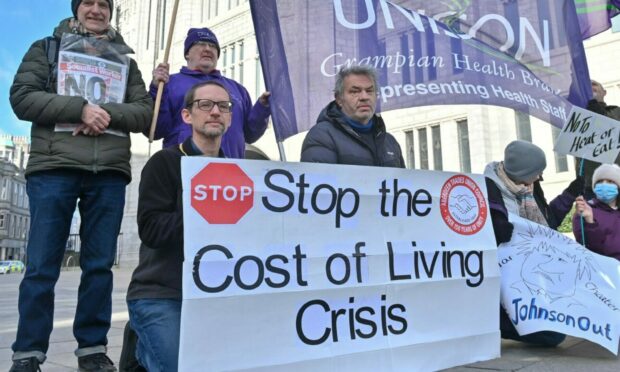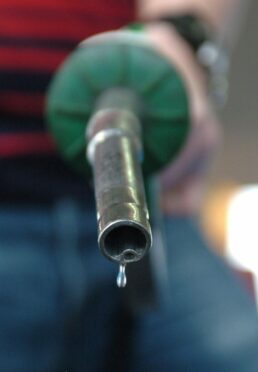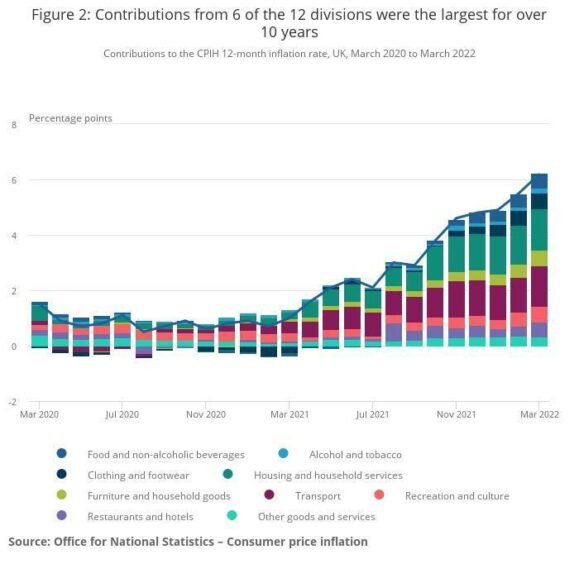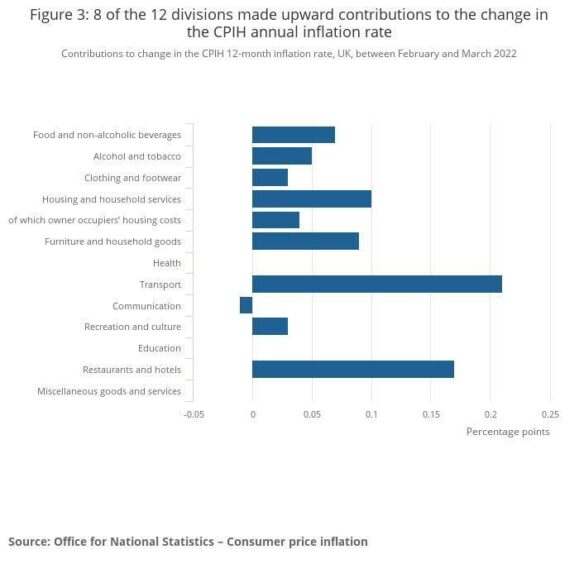Rising fuel and food prices have driven the UK’s inflation rate to a new 30 year high of 7%.
The Consumer Prices Index (CPI) rose by 7% in the 12 months to March 2022, up from 6.2% in February, according to the Office for National Statistics (ONS).
The figures come in the wake of Russia’s attack on Ukraine, which has driven significant pressure on the costs of oil and gas and food commodities. This in turn has caused costs to spiral at the petrol pump and in the supermarkets.
The ONS said it has also had an effect, particularly on manufactured goods.
ONS chief economist Grant Fitzner added that the figures came before changes brought in by the UK chancellor to reduce taxes on petrol and diesel.
He said: “Broad-based price rises saw annual inflation increase sharply again in March.
“Amongst the largest increases were petrol costs, with prices mostly collected before the recent cut in fuel duty, and furniture.
“Restaurants and hotel prices also rose steeply in March while, after falling a year ago, there were rises across a number of different types of food.
“The price of goods leaving UK factories has continued to rise substantially with metal and transport products both at record highs and food reaching its highest rate for over a decade.
“Raw material costs also rose, with a notable increase in the price of crude oil.”
ONS said the 12-month rate rise for motor fuels and lubricants was 30.7%, the highest since before the start of the series in January 1989.
The RAC has reported the cost at the pumps went on to hit record levels during April.
It found unleaded is now at an average of 163.3p per litre across the UK while diesel has hit 177.3p per litre.
However, some sites in Aberdeen, Moray and the Highlands have reported a price drop since The Press & Journal last monitored prices on March 15.
Calls for support
Russell Borthwick, chief executive of Aberdeen & Grampian Chamber of Commerce, said: “The latest data confirms that the UK is in the midst of an unprecedented inflationary surge.
“The upward pressure on energy and commodity prices from Russia’s invasion of Ukraine will drive consumer prices higher for longer with inflation likely peak close to 10% later this year, following the expected energy price cap rise in October.
“Soaring inflation has raised the prospect of a notable slump in economic output in the near term by weakening consumer spending and damaging firms’ finances and their ability to invest and grow.
“The Government must provide urgent financial support, through the expansion of the energy bills rebate scheme, to include small firms and energy intensive businesses, and an SME energy price cap to protect smaller firms from some of the price increases.
Crunch point coming in autumn
Kevin Brown, savings specialist at Scottish Friendly, has warned the rate could peak at 10% in an autumn “crunch point” for hard-hit households who were seeing the power of their pay weaken in the face of rising costs.
“Britons’ earnings are falling at their fastest rate for a decade due to the impact of inflation and the situation is likely going to get worse now that it has reached a new 30-year high of 7%.
“Workers are completely helpless and can only sit and watch as inflation eats into their pay. Prices are rising month-on-month and with each new pay packet households are finding their money is diminishing in value at a faster rate than we’ve seen for decades.
“Autumn is likely to be the crunch point for a large number of families when energy prices spike even higher and we predict that inflation could potentially reach 10%.”
He urged households that are able to set up a “rainy-day fund” to help with rising bills.
“An emergency or rainy-day fund could be vital to help families cope with any unexpected bills this year.”
Deep squeeze on household to get tighter
Business organisation the Confederation of British Industry (CBI) warned risings costs were not over as the figures did not take in energy cost rises coming into force from April which would continue the “deep squeeze” on household finances.
CBI lead economist Alpesh Paleja said: “The latest rise in inflation will not be the last.
“We’ll see another jump over April, as the rise in Ofgem’s energy price cap comes into effect.
“Beyond this, volatility in global commodity prices and ongoing supply chain disruption will continue to stoke price pressures.
“The result will be even higher costs for businesses, and a deep squeeze in the cost-of-living for households.”
He added that the UK government needed to “double down” on low carbon energy investment as well as making buildings and homes more energy efficient.
The UK government’s recent energy security strategy faced criticism for failing to address energy efficiency.
“The energy-centric nature of inflationary pressures highlights the need to double-down on investment in green energy,” Paleja said.
“Making homes and commercial buildings more energy efficient would help reduce demand and consumer bills.
“In the near-term, reducing policy costs for energy intensive industries and continuing support for low-income households will be essential in helping those worst hit.”
How much prices have risen
- Kerosene for domestic heating: 44.0%
- Gas: 28.1%
- Electricity: 18.8%
- Clothing and footwear: 9.7%
- Food and non-alcoholic beverages: 5.9%
- Alcohol and tobacco: 1.1%



